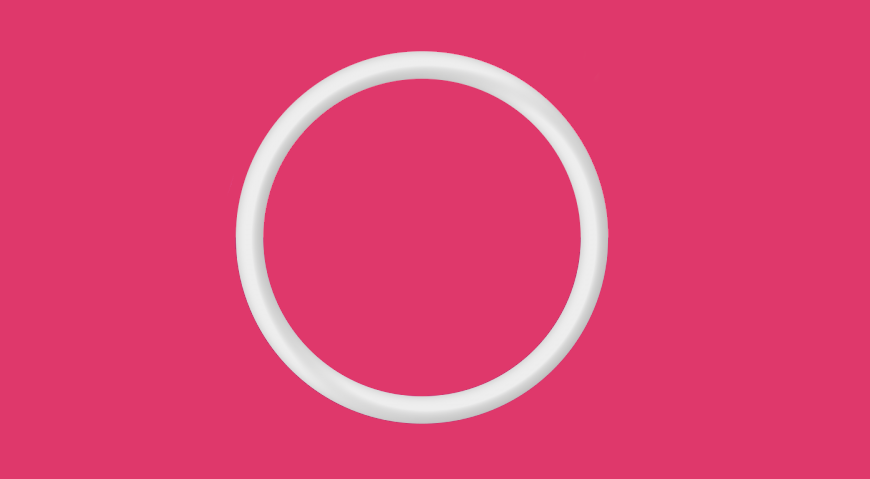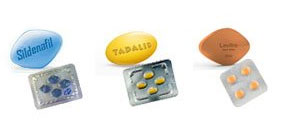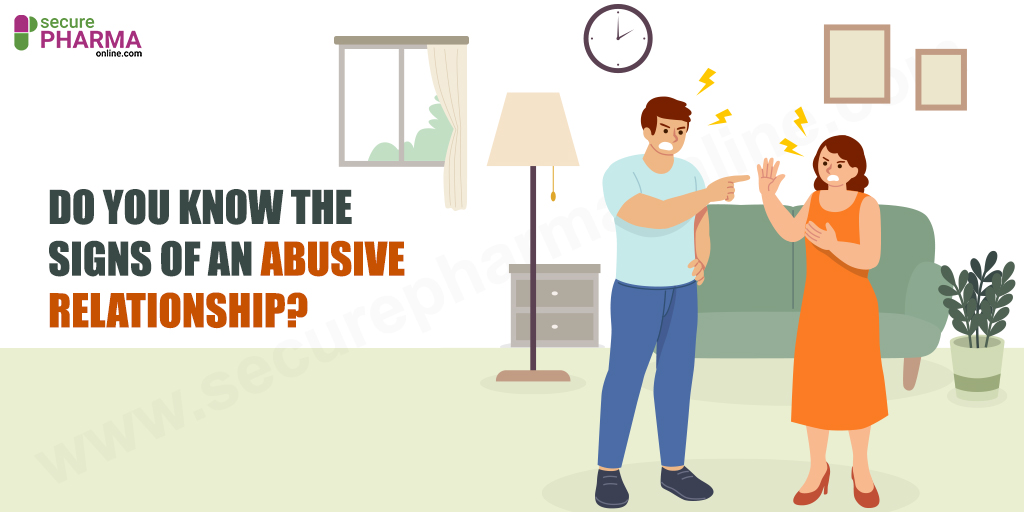Vaginal Ring: Uses, Side Effects, Effectiveness, Pros, And Cons

In this article, we’ll cover the Vaginal ring in detail, including its uses, side effects. effectiveness, and more.
What Is A Vaginal Ring?
Most women opt for some form of birth control over the course of their premenopausal lives. Birth control gives them the freedom to decide when to have children and has many other benefits, depending on the type used.
A vaginal ring, going by its trade name NuvaRing, is one of the many contraceptive options available to women. It is a small, soft ring made out of plastic that is placed inside the vagina. Once there, it releases a steady stream of estrogen and progesterone to help prevent pregnancy. These are the same hormones that are used in oral contraceptive pills.
If you are thinking about getting a vaginal ring for protection, you should first obtain all the necessary information regarding its use. In this article, you will find a detailed description of the mode of action, uses, side effects, effectiveness as well as the pros and cons of a vaginal ring.
How To Use A Vaginal Ring?
The use of a vaginal ring is pretty straightforward. While you might need a doctor’s prescription for it, you do not need a doctor’s help to place it inside your vagina. You can easily insert it on your own.
Follow these steps for a safe vaginal ring insertion:
- Get in a position that feels comfortable. It could be lying down, squatting, or standing with one knee bent.
- Wash your hands thoroughly with soap. This lessens the chances of infection.
- Hold the ring between your thumb and index finger.
- Press the sides towards the middle and push the folded ring into your vagina.
- The ring will open up when it reaches the correct position. If it doesn’t open, push it a little further up until it feels comfortable.
A vaginal ring can be inserted at any time, independent of where you are on your menstrual cycle. Once inserted, the ring works for a maximum of five weeks. You can remove it after three to five weeks depending on the typical duration of your cycle.
Following removal, you will get your periods. A week later, a new ring needs to be inserted if you are using the vaginal ring for protection. Remember, it is best to insert or remove the ring on the same day of the week as the prior insertion or removal.
How Do Vaginal Rings Work?
The contraceptive vaginal ring releases two hormones, estrogen, and progesterone. These hormones get absorbed through the vaginal lining into the bloodstream from where they have the following effects:
- Primarily, these hormones prevent ovulation, that is the release of an egg from your ovary. With no egg being available to get fertilized, pregnancy cannot occur.
- They cause the cervical mucus to become thick. A thick mucus plug stops sperms from getting inside the uterus.
- They make the uterine lining thinner. Consequently, even if an egg gets fertilized, it will not be able to get implanted in the womb.
Uses Of Vaginal Ring
Aside from using a vaginal ring for protection, your doctor can prescribe it to you for several other conditions. These conditions include:
- Heavy menstrual bleeding or menorrhagia
- Irregular periods
- Painful menstruation or dysmenorrhoea
- Premenstrual syndrome (PMS)
- Iron-deficiency anemia
- Acne
- Hirsutism (excess body hair in places that are atypical for a woman)
- PCOS (Polycystic Ovarian Syndrome)
- Ovarian cancer
- Endometrial cancer
- Colorectal cancer
- Osteoporosis
In addition to these conditions, some women may choose to insert the ring to delay or postpone their periods either for a short time or even indefinitely.
Side Effects Of Vaginal Rings
Vaginal rings are usually very well-tolerated. However, like with any other form of birth control, some side effects might occur on using a vaginal ring for protection or otherwise. These are:
- Continuous light bleeding or spotting even outside periods
- Spontaneous falling out of the ring that necessitates reinsertion
- Vaginal infection
- Increased discharge from the vagina
- Vaginal irritation
- Headache
- Nausea
- Sore breasts
- Formation of blood clots in arteries and veins
- Increased risk of a heart attack
- Increased risk of stroke
- Increased risk of breast cancer
- Increased risk of cervical cancer
- Increased risk of diabetes
- Weight gain
- Mood changes
- Bloating
If you experience any of these side effects while using the ring, it is advisable to visit your healthcare provider. In case you have had a heart attack or stroke in the past, or are hypertensive, a vaginal ring is not safe for you. Discuss this with your doctor so that they can provide you with alternative forms of birth control.
How Effective Is A Vaginal Ring For Protection?
A vaginal ring is among the most effective contraceptive methods to use. Its efficacy is around 99 percent which means that only one in a hundred women will get pregnant while using it.
This number, however, gets lower with improper usage. For instance, if a woman forgets to put in a new ring or forgets to remove the old one for a long time, the ring becomes less effective. In fact, some researches have shown that improper use results in the ring being only 90 to 93 percent effective.
Since placing a vaginal ring is user-dependent and requires monthly insertion and removal, there is more scope for human error. Nonetheless, with proper use, a vaginal ring’s effectiveness is at par with some of the most popular user-independent contraceptive methods like the IUD or the implant.
Pros And Cons Of A Vaginal Ring
Before deciding whether or not to select a vaginal ring for protection, you should look at the pros and cons associated with its use.
Pros Of Using A Vaginal Ring:
- It doesn’t interrupt sex. Even though you or your partner can sometimes feel the ring during intercourse, that doesn’t hamper the experience.
- It is easy to insert and remove.
- You do not need a doctor’s aid for the insertion or removal of a vaginal ring. The process only involves a few quick steps and can be performed inside the privacy of one’s home.
- Unlike oral contraceptive pills, you do not need to worry about its ejection from your body after an episode of vomiting or diarrhea.
- You don’t have to remember to take it every day like you have to with OCPs.
- It does not affect your ability to get pregnant beyond the duration of use. As soon as you remove the ring, you will regain your fertility.
- Using it can help reduce the symptoms of premenstrual syndrome.
- There are some non-contraceptive benefits of using a vaginal ring, such as a reduction in acne and menstrual cramps as well as prevention and improvement of certain types of cancer.
- You can use it to skip or delay your periods during times of emergency.
Cons Of Using A Vaginal Ring:
- Although it is fairly easy to use, some women might not feel comfortable inserting or removing it from their vagina.
- A vaginal ring offers no protection from sexually transmitted diseases (STDs).
- For the first few months of using a vaginal ring, you might have breakthrough bleeding or spotting.
- While you do not need to remember to use it daily, it does require monthly removal and subsequent insertion. This is in contrast to intrauterine devices or implants which, once placed, can last for a long time.
- Sometimes, the ring can fall out on its own.
- There is a risk of the occurrence of side effects as discussed above.
- It can put you at an increased risk of contracting certain types of cancer such as cervical cancer or breast cancer.
- You should not use a vaginal ring for protection if you have a history of thrombosis (blood clotting), heart attack, or stroke.
- There are some reservations about its use and effectiveness in overweight women.
- Its monthly cost might be more than that of OCPs for users in certain regions.
- Some products might interact and reduce the efficacy of vaginal rings. These include tranexamic acid (used to control or stop bleeding), anastrozole and tamoxifen (used to treat breast cancer), and certain Hepatitis C medicines.
Conclusion
A vaginal ring, or NuvaRing generic, is one of the safest and most effective forms of birth control. Not only that, but it is also very easy to use.
While there are certain disadvantages of using a vaginal ring for protection, the pros usually outweigh the cons. Getting advice from your healthcare provider can give you a clearer picture of whether a vaginal ring suits you or not.
To sum up, if you decide to use a vaginal ring for protection and follow the instructions for usage carefully, you can enjoy your sex life without having to worry about unwanted pregnancy.
January 4, 2021 Sam Bell











Comments